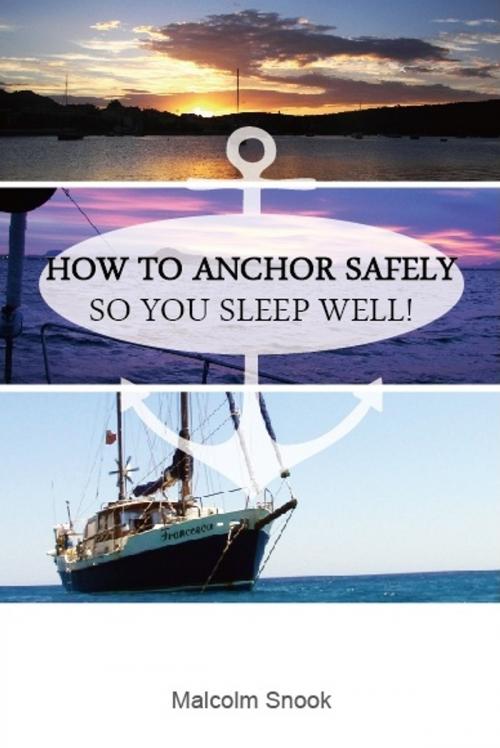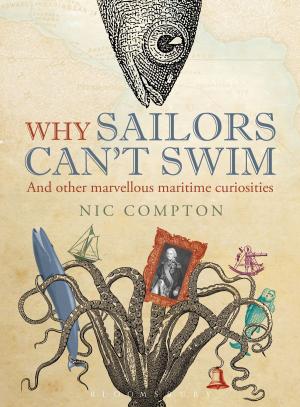| Author: | Malcolm Snook | ISBN: | 1230000143986 |
| Publisher: | Malcolm Snook | Publication: | June 17, 2013 |
| Imprint: | Language: | English |
| Author: | Malcolm Snook |
| ISBN: | 1230000143986 |
| Publisher: | Malcolm Snook |
| Publication: | June 17, 2013 |
| Imprint: | |
| Language: | English |
When I did my sailing courses anchoring was discussed but not practiced. When I became a liveaboard boat gypsy, spending most of every summer at anchor, (whenever I wasn't sailing anyway) in order to avoid peak visitors rates in marinas, I suddenly discovered there's a lot more to it than just how much scope to use.
If you Google' how to anchor a boat' you'll find plenty of articles some of which even stretch to a couple of pages long! However, a quick look at just the contents list of my book wil soon make you realise there's a lot more to it. Topics include equipment, planning from charts, assessing an anchorage on arrival, how to drop the anchor and what to do if it's crowded in there, how to raise it again, understanding the strengths, weaknesses and suitability of different anchorages, storm preparation, what to do when things go wrong, getting to and from your boat, security, illness at anchor and much more!
Although the book was written with sailors who want to live on and travel extensively by boat, and who may anchor in tidal and non tidal waters, rivers and bays et al there's much in the book you should know and understand even if a lunch stop or overnighter is the limit of your anchoring ambitions. After all, you may have to deal with other people's mistakes as well as your own. Shortly after writing the book I had to deal with an expensive catamaran dragging into my yacht and explain what was going on to the confused skipper and how to deal with it. I was unable to help him when his boat exploded and sank the following night. Knowledge is power.
When I did my sailing courses anchoring was discussed but not practiced. When I became a liveaboard boat gypsy, spending most of every summer at anchor, (whenever I wasn't sailing anyway) in order to avoid peak visitors rates in marinas, I suddenly discovered there's a lot more to it than just how much scope to use.
If you Google' how to anchor a boat' you'll find plenty of articles some of which even stretch to a couple of pages long! However, a quick look at just the contents list of my book wil soon make you realise there's a lot more to it. Topics include equipment, planning from charts, assessing an anchorage on arrival, how to drop the anchor and what to do if it's crowded in there, how to raise it again, understanding the strengths, weaknesses and suitability of different anchorages, storm preparation, what to do when things go wrong, getting to and from your boat, security, illness at anchor and much more!
Although the book was written with sailors who want to live on and travel extensively by boat, and who may anchor in tidal and non tidal waters, rivers and bays et al there's much in the book you should know and understand even if a lunch stop or overnighter is the limit of your anchoring ambitions. After all, you may have to deal with other people's mistakes as well as your own. Shortly after writing the book I had to deal with an expensive catamaran dragging into my yacht and explain what was going on to the confused skipper and how to deal with it. I was unable to help him when his boat exploded and sank the following night. Knowledge is power.















